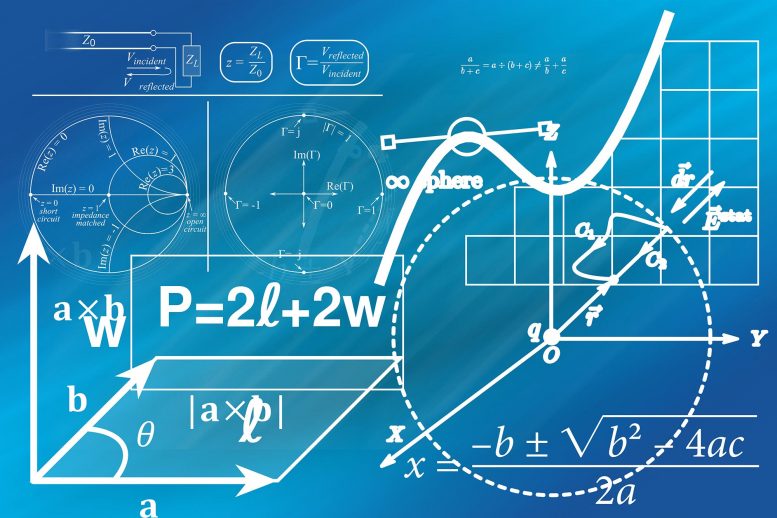
An NYU Abu Dhabi professor devised a mathematical model to optimize school attendance days for enhanced learning and reduced COVID-19 infections.
- In a recent study, NYU Abu Dhabi faculty Alberto Gandolfi proposes alternate weeks of in-classroom and remote teaching as a way to allow students to learn in the classroom while protecting them from COVID-19.
- The optimal strategy results in the school opening 90 days out of 200, with the number of COVID-19 cases among the individuals related to the school increasing by nearly 66 percent, instead of the almost 250 percent increase, which is predicted should schools fully reopen.
- In the broader context, the model gives the first classification of areas or countries in which schools can reopen full time, or can reopen for a fraction of the days, with distancing and frequent testing, or cannot reopen for the time being.
In a recent study, NYU Abu Dhabi Professor of Practice in Mathematics Alberto Gandolfi has developed a mathematical model to identify the number of days students could attend school to allow them a better learning experience while mitigating infections of COVID-19.
Published in Physicsa D journal, the study shows that blended models, with almost periodic alternations of in-class and remote teaching days or weeks, would be ideal. In a prototypical example, the optimal strategy results in the school opening 90 days out of 200, with the number of COVID-19 cases among the individuals related to the school increasing by about 66 percent, instead of the almost 250 percent increase, which is predicted should schools fully reopen.
The study features five different groups; these include students susceptible to infection, students exposed to infection, students displaying symptoms, asymptomatic students, and recovered students. In addition, Gandolfi’s study models other factors, including a seven-hour school day as the window for transmission, and the risk of students getting infected outside of school.
Speaking on the development of this model, Gandolfi commented: “The research comes as over one billion students around the world are using remote learning models in the face of the global pandemic, and educators are in need of plans for the upcoming 2020 – 2021 academic year. Given that children come in very close contact within the classrooms, and that the incubation period lasts several days, the study shows that full re-opening of the classrooms is not a viable possibility in most areas. On the other hand, with the development of a vaccine still in its formative stages, studies have placed the potential impact of COVID-19 on children as losing 30 percent of usual progress in reading and 50 percent or more in math.”
He added: “The approach aims to provide a viable solution for schools that are planning activities ahead of the 2020 – 2021 academic year. Each school, or group thereof, can adapt the study to its current situation in terms of local COVID-19 diffusion and relative importance assigned to COVID-19 containment versus in-class teaching; it can then compute an optimal opening strategy. As these are mixed solutions in most cases, other aspects of socio-economic life in the area could then be built around the schools’ calendar. This way, children can benefit as much as possible from a direct, in-class experience, while ensuring that the spread of infection is kept under control.”
Using the prevalence of active COVID-19 cases in a region as a proxy for the chance of getting infected, the study gives a first indication, for each country, of the possibilities for school reopening: schools can fully reopen in a few countries, while in most others blended solutions can be attempted, with strict physical distancing, and frequent, generalized, even if not necessarily extremely reliable, testing.
Reference: “Planning of school teaching during Covid-19” by Alberto Gandolfi, 1 October 2020, Physica D: Nonlinear Phenomena.
DOI: 10.1016/j.physd.2020.132753
For more information about NYUAD’s efforts in combating COVID-19, please visit the University’s COVID-19: A Call to Action page.

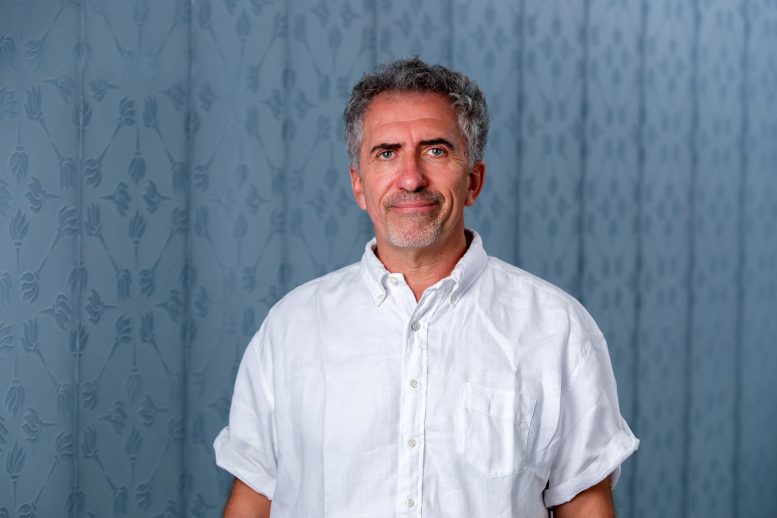
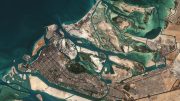
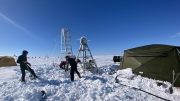
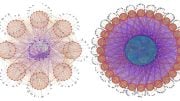

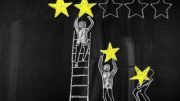
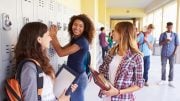


That’s great news! Dr, Alberto Gandolfi has conducted this study using mathematical models for understanding the relationship between reopening school and the rate of spreading the coronavirus. Being a college-level student, I also want to reopen school soon. During the lockdown period, I have collected different resources mainly on mathematics- you could read more on how to solve mathematics in the best possible ways. They have a large number of video tutorials about different mathematics solutions during this remote learning model era. Thanks for sharing this post with us!
That’s great news! Dr, Alberto Gandolfi has conducted this study using mathematical models for understanding the relationship between reopening school and the rate of spreading the coronavirus. Being a college-level student, I also want to reopen school soon. During the lockdown period, I have collected different resources mainly on mathematics- you could read more on how to solve mathematics in the best possible ways. They have a large number of video tutorials about different mathematics solutions during this remote learning model era. Thanks for sharing this post with us!